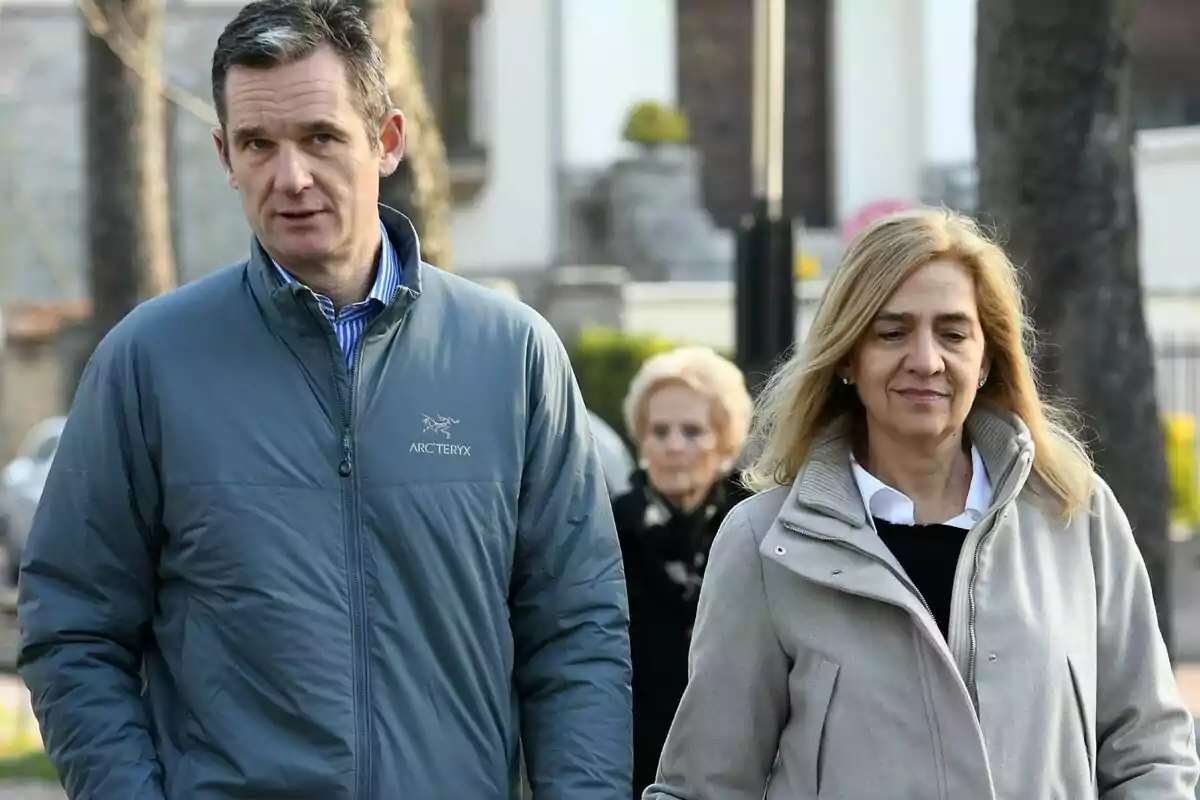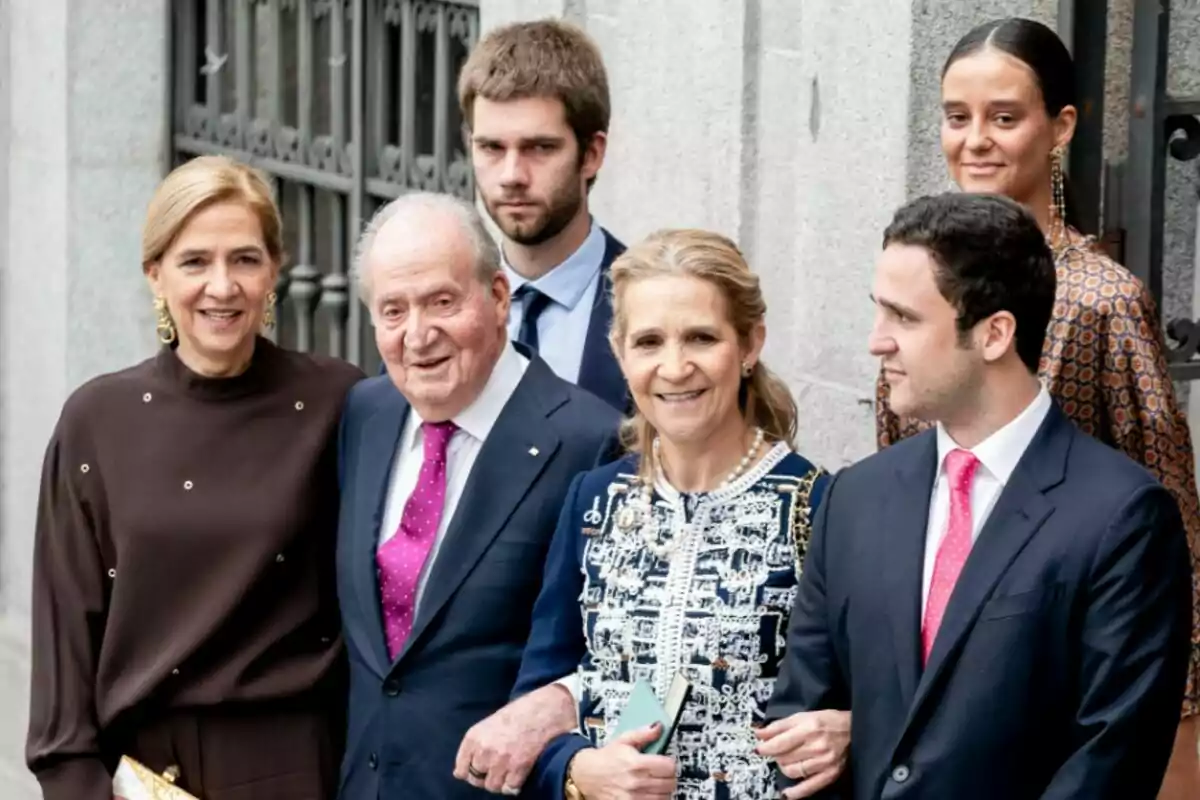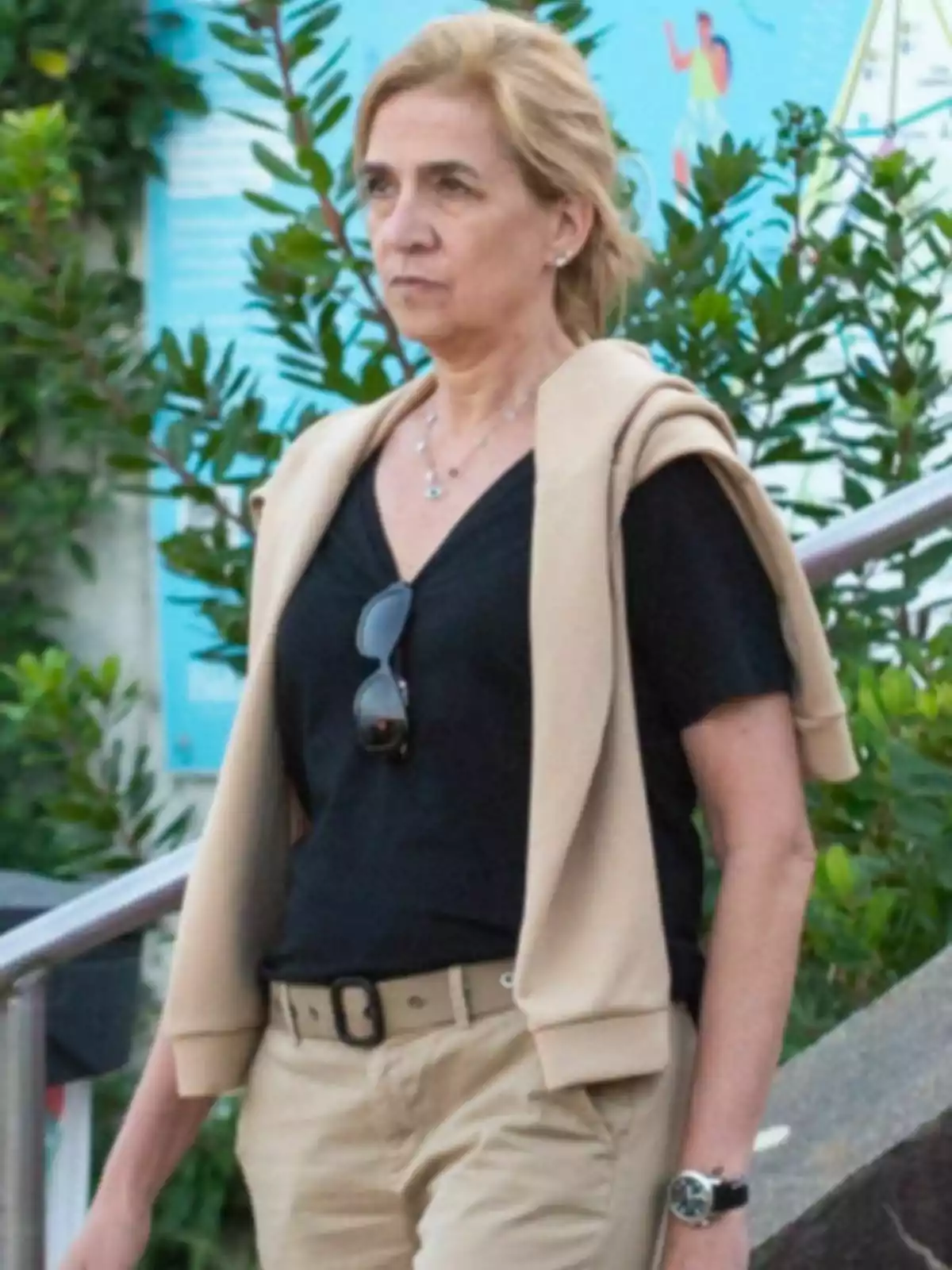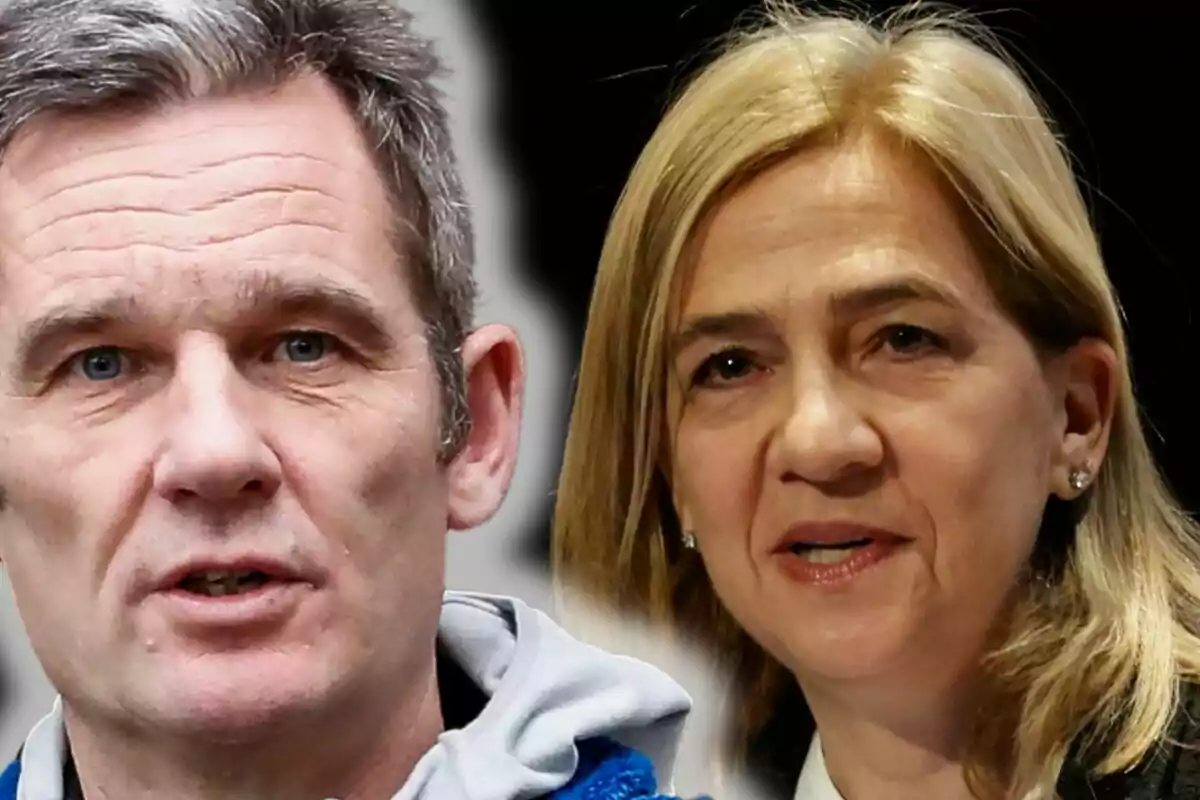More than two decades have passed since the Nóos case shook the Spanish royal family. The scandal put Iñaki Urdangarin, then King Juan Carlos's son-in-law, on the defendants' bench, where he ended up convicted of several crimes. The judicial process became a historic milestone by putting members of the royalty before a court.
Infanta Cristina, Urdangarin's wife, was also affected by the investigations. Although she was acquitted after years of media exposure, her image was tarnished. To this day, new revelations threaten to reopen old wounds and once again place her at the center of controversy.

The weight of the judicial case on the family
The Nóos case marked a turning point in the recent history of the Spanish monarchy. Iñaki Urdangarin was convicted in 2018 to serve a prison sentence for embezzlement, fraud against the administration, malfeasance, and tax crimes. He spent almost three years in Brieva prison, until he obtained parole.
During the investigation, Infanta Cristina was called to testify as a defendant, although she was ultimately acquitted. Even so, the court imposed a financial fine on her, a symbolic gesture that highlighted the magnitude of the scandal. The impact was enormous, both on her personal life and on her role within the royal household.
The media and social pressure led the infanta and her children to move abroad. First Washington and then Geneva became their refuge in an attempt to stay away from the media spotlight. It was a strategy to protect her family and keep as normal a life as possible.

Judge Castro points higher
In his most recent book, Judge José Castro, who was responsible for investigating the case, has once again recalled what happened during those years. The magistrate not only points to Urdangarin, but also directly singles out Cristina and her father, King Juan Carlos. His statements have sparked new waves of debate.
Castro claims that, in his view, the infanta and the then monarch were architects of decisions that led to the Nóos scheme. He believes that Urdangarin took on the role of "scapegoat" within a broader operation. His words, included in his book, have reopened interpretations of that process.
These statements once again highlight how uncomfortable that episode was for the royal household. In 2015, King Felipe VI decided to strip his sister of the title Duchess of Palma. It was a painful decision that marked institutional distance from the scandal, although it didn't prevent the shadows from lingering.

A present marked by new revelations
Judge Castro's account comes at a delicate moment for the monarchy. Infanta Cristina has tried to keep a low profile in Geneva, focusing on her work and private life. However, the magistrate's words bring her back to an exposure she thought she had left behind.
Emails, disputes between judge and prosecutor, and conversations about her indictment are once again circulating in the media. Each new detail deepens the wound and reminds people of the fragility of the institutional shield of those years. For Cristina, it is a scenario that brings back difficult moments.

